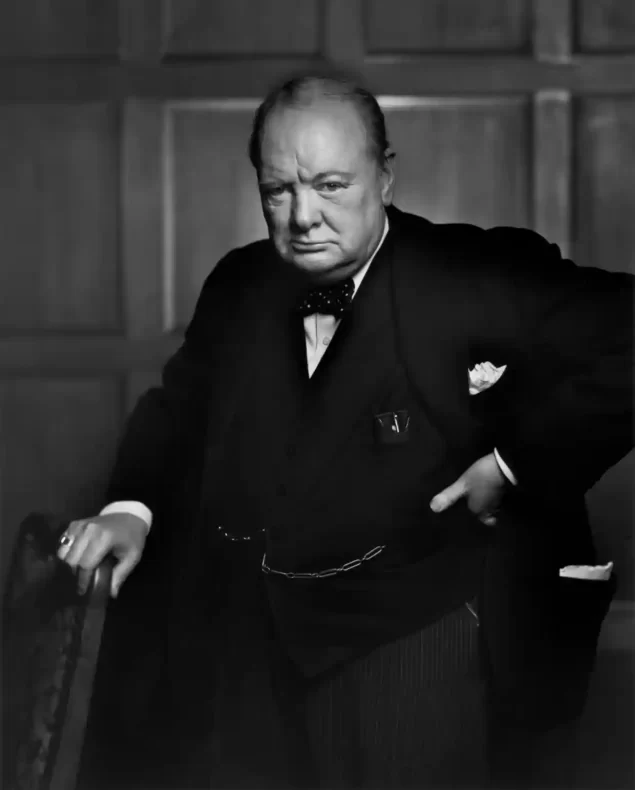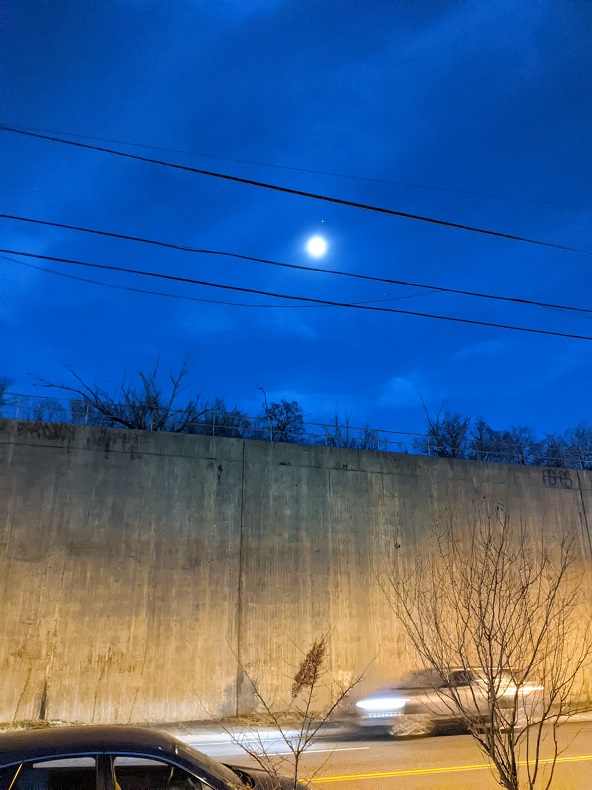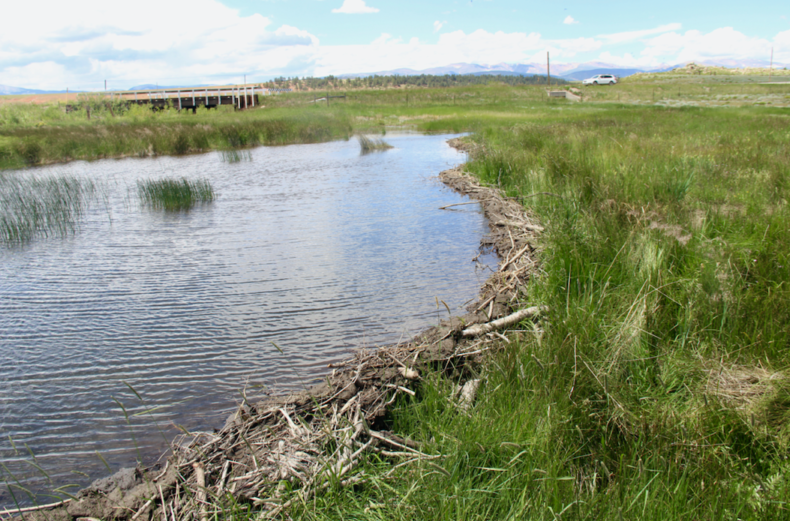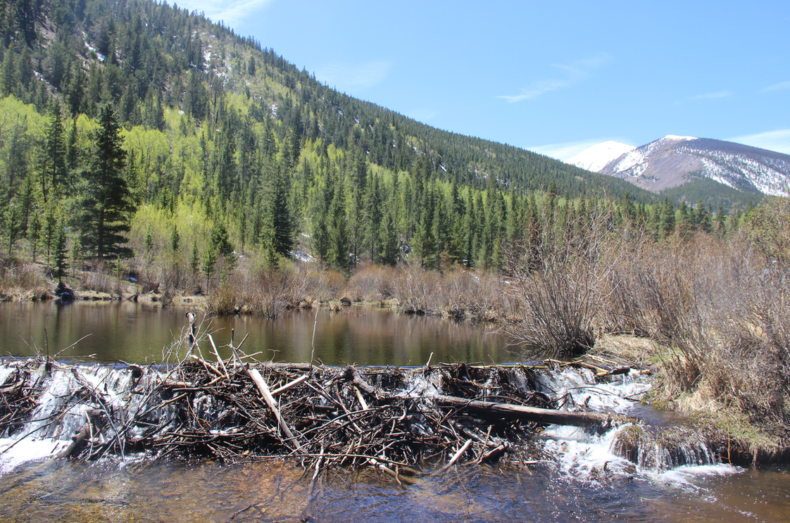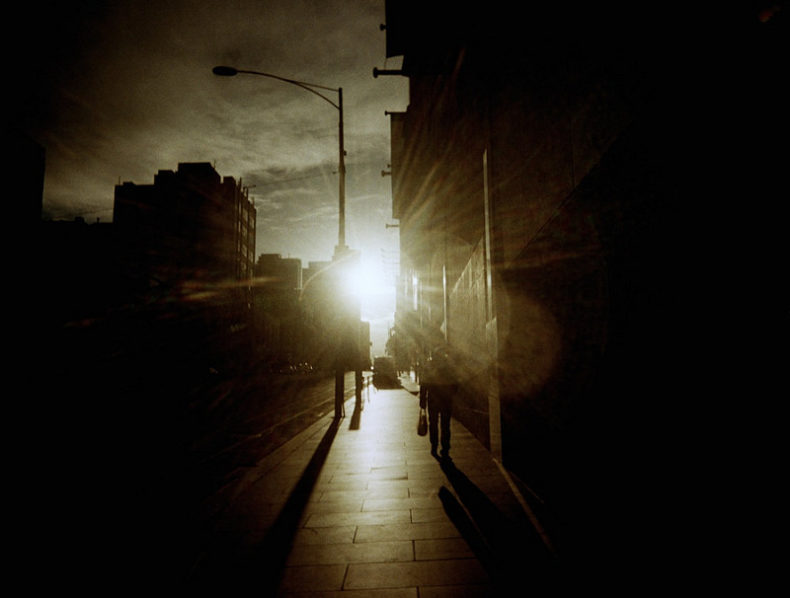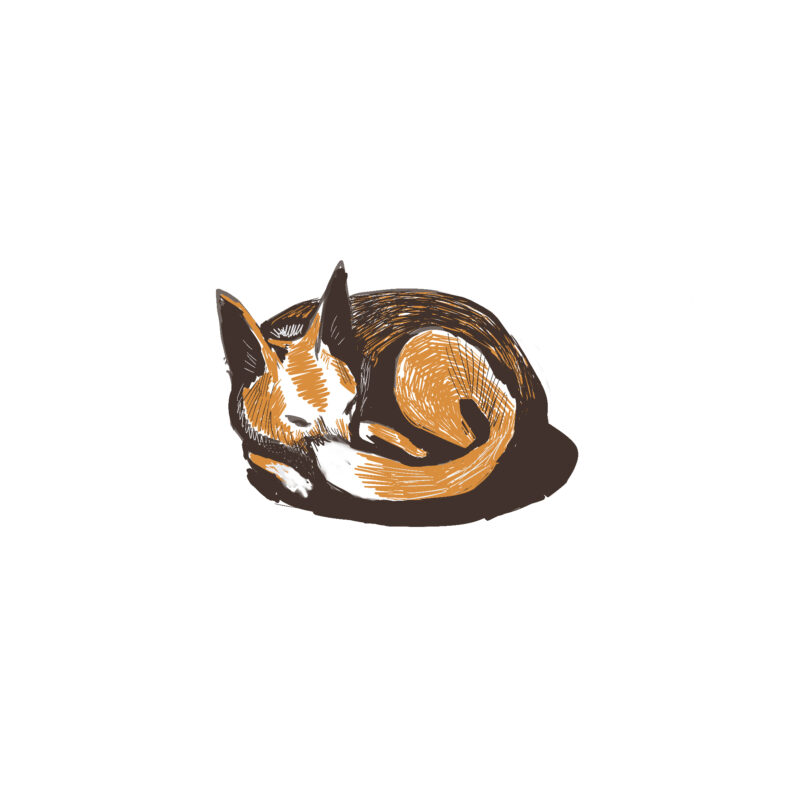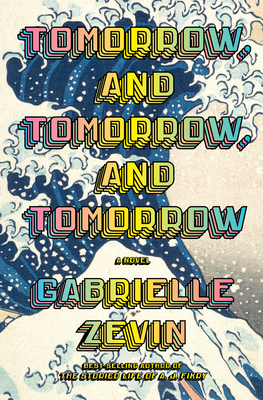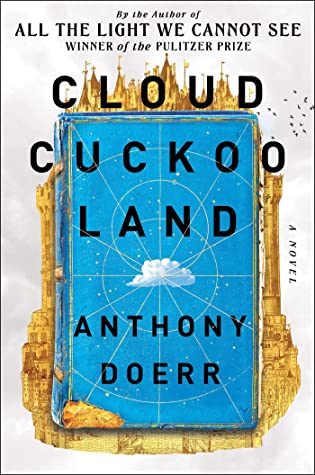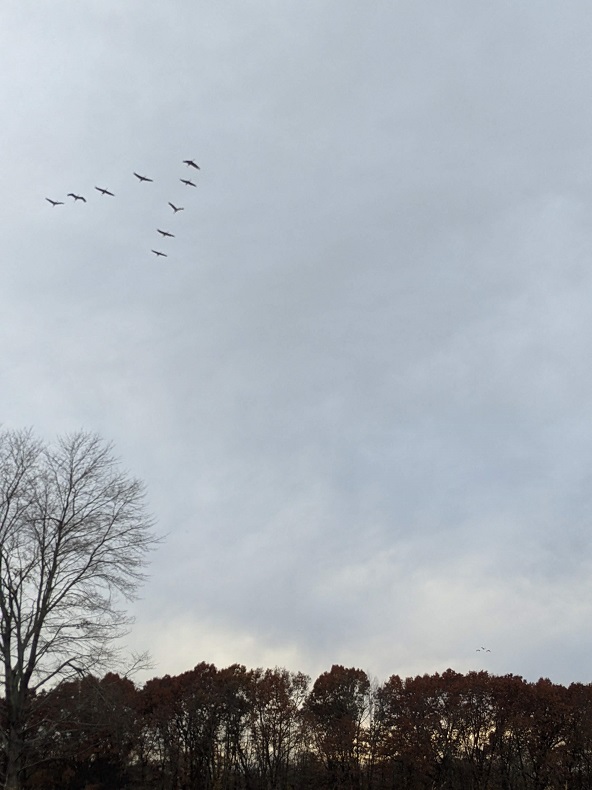I wrote this on January 1, 2018. A lot had happened already, and more has happened since. At the time, I wasn’t sure what I was writing about but I see now more clearly that it’s about living with the memories of what’s happened. So I’ll repeat my wish of walking, memories and all, into the new year with courage and faith and joy.
Well now then. Here we are. The first day of another year. What to do about that?
January 1 is a day for looking forward. Kids mostly look forward, I think. But any adult knows you make sense of any given situation only by looking back, by remembering. Memory allows the comparison between then and now by which we more thoroughly understand the now. The fact that memory is also a complete crapshoot just makes life more interesting. Where was I going with this? Ok, I remember now.
I’ve lived in Baltimore since 1980, longer than I’ve lived any other place. Most people from where I grew up move a lot: I remember a guy telling me the average stay in my home town was now 2.5 years. I remember thinking that 2.5 years doesn’t give you much chance at maintaining a community. I’m digressing again, please forgive me.
Back to Baltimore. I’ve lived here long enough that places, buildings, streets, sidewalks, aren’t just themselves any more, they’re colored by, or they resonate with, what happened there in the past. The street corner where I fell off the curb and cut the hell out of my knee and my husband took me to the crowded ER where I didn’t make the triage and when I finally got into an examining room, flat on my back looking up at an examining light, and the doctor said to my extremely-curious husband, “Sir, your head is between the light and her knee,” that street corner is a little scary and mostly funny.
We used to go to Florence, Italy a lot; this is not a digression. Florence has for centuries used tourist money to preserve its Renaissance self in a non-Disney way, that is, the Florentines still live, work, and shop in those massive stone buildings. Lorenzo di Medici is a real person who seemed not to have died all that long ago, your grandfather might have known him. The fruit piled up in front of the fruit stores is the near-relative of the fruit on trays in paintings by Domenico Ghirlandaio. The past is right there. It didn’t go away. It’s just made the present more complex.
None of this is news to anybody. Our brains evolved to make connections between this and that, so when you see this, you remember that. And when the memories-in-stone pile on top of each other for centuries, you get Florence. Why am I having such trouble sticking to the subject here?
Because it’s painful, I guess. Who wants to remember pain? Nobody, except that the buildings and street corners and sidewalks remember it for you. I’m driving along, turn the corner, and ooops, there’s my husband so interested in the anatomy of my cut knee that he’s in the doctor’s way. My husband died two years ago, so at that street corner now I smile and don’t smile.
The older you get, the more dearly-beloved dead people you collect: for me, the most recent is my husband and the deepest is my son.
Now I can get back to this day, the first day of the new year. It presents a problem: how can I look forward, how can any of us look forward, with half the concrete in Baltimore remembering pain? I’ve taught myself a trick: wash out the pain, replace it with the people themselves, my son walking down the night sidewalk, walking into a streetlamp’s light, through the dark in between, and into the next light, on his way home.
I’m pretty sure this is how most people face the new year, especially if the old year was kind of crappy. Everyone’s had deaths, disappointments, sicknesses, fears, the whole list; and all of them are connected with a room, a car, a porch. So people cut out the bad, remember the good, let the good memories become present reality, let the street corners and sidewalks carry the reality into the new year, and then they just walk right into it.
I’m still not entirely sure what I’m saying here. I am sure, however, that I wish all of us, every one, a splendid new year.
